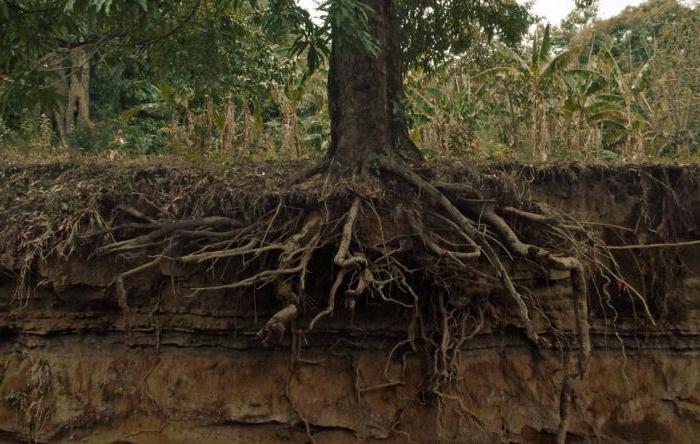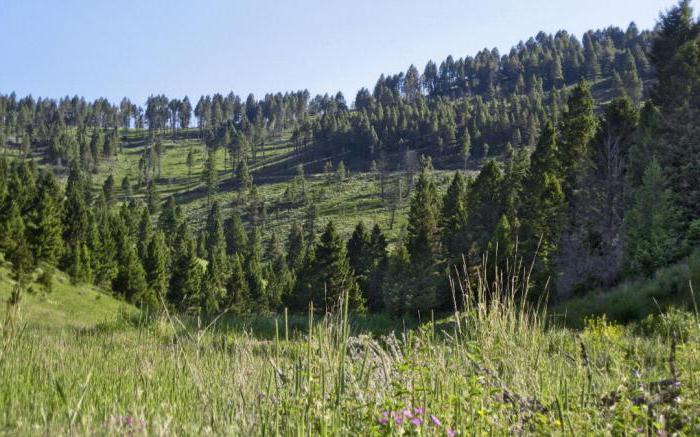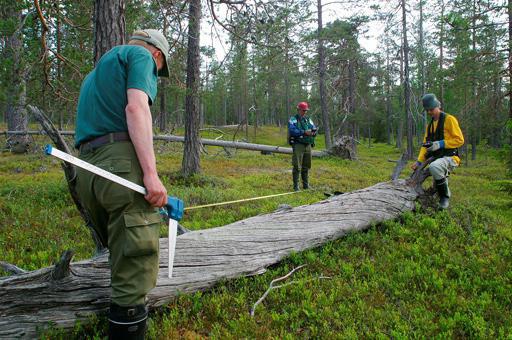Forests in the usual sense are associated with natural nature. They are a source of wood materials and a symbol of environmental movements. This component of the ecosystem also has a significant effect on the circulation of heat and moisture in the region, the formation of climate, and even on the regulation of the balance of the distribution of solar energy in the atmosphere and the earth's surface. Needless to say, all these factors ultimately affect the life of a person. Accordingly, there should be mechanisms that could regulate the state of forestry. For effective work in this direction, there is forest taxation, which implies an assessment of the economy. In practice, specialists in this field apply taxation as a way of accounting for forests, their distribution, developmental features, identifying patterns, etc.

The structure and components of forestry
Forest vegetation is formed by a whole complex of biological components. Homogeneous areas of forest cover are called phytocenoses, otherwise - stands. This cover, in turn, is formed by forest stand, undergrowth, undergrowth and ground layer. This is a complex multicomponent structure, the formation of which takes years. Is that the stand is a relatively homogeneous set of woody vegetation in the zone of planting. However, here everything is ambiguous. Only in rare cases can stand be homogeneous, and even entering into a closed complex of other species already determine structural diversity. What is the relationship between forest structure and taxation? Understanding the mechanisms of biological interaction between the individual components of the array allows us to identify patterns that will determine the possibility of the most effective impact on the object or its study. Therefore, the basics of forestry and forest taxation complement each other in a number of areas of study - from the formation of the vertical stand to climatic factors affecting the development of young stands. By the way, not only flora is included in the studied complex. Both zoocenosis, which implies birds and insects, and microbocenosis are also included in the list of objects of study.

Classification of forest-forming species
Based on the systematized characteristics by which individual representatives of the plant world are united, scientists have identified the lowest level of their classification - the species. This is a collection of plants that are similar to each other not only in appearance, but also in the nature of their relationship with the conditions of the place of growth. Species pass into the genus, which also differs in its set of characters. Based on this structure, a classification of forest-forming species is formed. At the same time, forest taxation also covers structural division into classes and departments. In this case, it is worth talking about the division of representatives of the forest into deciduous and coniferous trees. However, in some systems a more accurate separation is also provided taking into account pine and cypress. The following is a consideration of the signs of reproduction, etc.
What does taxation mean?

As already mentioned, taxation refers to an assessment of forestry. If this concept is revealed, then we will talk about a whole set of indicators of the state of the forest, which will solve the problems of accounting for this resource. Ultimately, the data obtained as a result of taxation will determine the quantitative and qualitative characteristics of the object in question.On the one hand, this is necessary to maintain forests as a necessary infrastructure unit in the complex ecological system. On the other hand, the regulation of forestry production activities has quite rational industrial and commercial interests. As noted by the Union-wide standards for forest taxation, the list of objects of study in this case includes the following:
- A tree as a separate unit or its part.
- Tree stand or planting.
- A collection of trees united by one attribute.
- A set of stands that are also combined with specific features.
- Logging fund.
- Forest.
Forest taxation methods
The most common and effective is the method of eye-measuring taxation. With this approach, the cutting area is divided into separate zones, according to the aerial photographs. The implementation of this method aims to simplify the inventory of a particular array with the allocation of tiers and sections in accordance with certain signs. In the process of performing eye-measuring measures, a specialized tool may be required, and the performer himself must have a good eye of his own. Typically, specialists are allowed to such events after a long training session of a visual assessment of arrays that are close in characteristics to the target object. As an alternative method, forest taxation involves decrypting the array. This is a visual principle of research, but it is more based on analytical and measuring instruments, with the help of which the qualitative characteristics of the object are systematically studied. The tool can be the same aerial photography or even images from space.
Taxation methods

Methods mean more specialized technologies for determining the indicators of the studied objects, which will be considered in the future. To date, there are two main methods - solid and enumerative partial. In the first case, the study is implemented using assortment tables. Their filling is carried out as a result of a continuous examination of felling. Further, the obtained indicators are sent to draw up plans and projects to support the economy. Partial forest taxation methods involve the use of tape technology. In fact, the selective principle of a survey of forestry representatives is involved. For example, the analysis of tape samples with an indent width of about 10-20 m is practiced.
Taxation indicators

Studies within the framework of taxation involve calculations based on typical metrological values, including height, diameter, humidity level, etc. Appropriate instruments are used for such measurements. For example, length is determined by measuring tapes and tape measures, and measuring forks are used for diameter. If we are talking about standardized approaches, then measured brackets of a certain length can be used. In this case, the size of the test specimen is determined. In this case, a different depth of research may occur, which is characterized by accuracy and detail. Based on this criterion, the categories of forest taxation are determined, that is, the quality of measuring indicators. Separate zones and areas prone to taxation are also formed by the quality levels of research.
Plantation taxation

In addition to specific metrological indicators, taxation involves the study of arrays for their homogeneity. This applies not only to breeds growing on a particular site. We are talking about plantations that may be heterogeneous in age, origin, habitat conditions, density, etc. The plantation itself is understood as an organic combination of the conditions of the place of growth and vegetation.Such an assessment of the massif uses assorted standing forest taxation, which examines forest stands, undergrowths, ground cover, as well as terrain characteristics, climatic and hydrological features.
Forest Fund Taxation
Taxation affects not only the study of the forest, characteristics and conditions that affect its development. This study system also considers farms as a set of resources included in the forest fund. The latter, in turn, covers non-forest zones. Modern standards of forest taxation require, during the inventory, to keep records of agricultural land, marshes, vacant lots, etc. The need to work with non-forest objects is due to the fact that their impact on forests can be of great importance. In addition, in forestry planning, many vacant sites can be seen as sites for future tree cultivation.
Conclusion

Methods of working with natural resources in various industries are reluctantly associated with new technologies. This is due to the fact that in the study of forests, the factor of complex assessment directly by a specialist is especially important. Nevertheless, along with aerial photography, forest taxation also allows the use of computer machines for processing initial indicators. In Russia, European specialized computers are increasingly being used for such tasks, which make it possible to measure the parameters of trees with high accuracy. But the main advantage of such equipment is the possibility of aggregate accounting of several indicators at the same time. Along with height and thickness, hardness, humidity and temperature indicators are also evaluated, which opens up new possibilities in tax accounting.